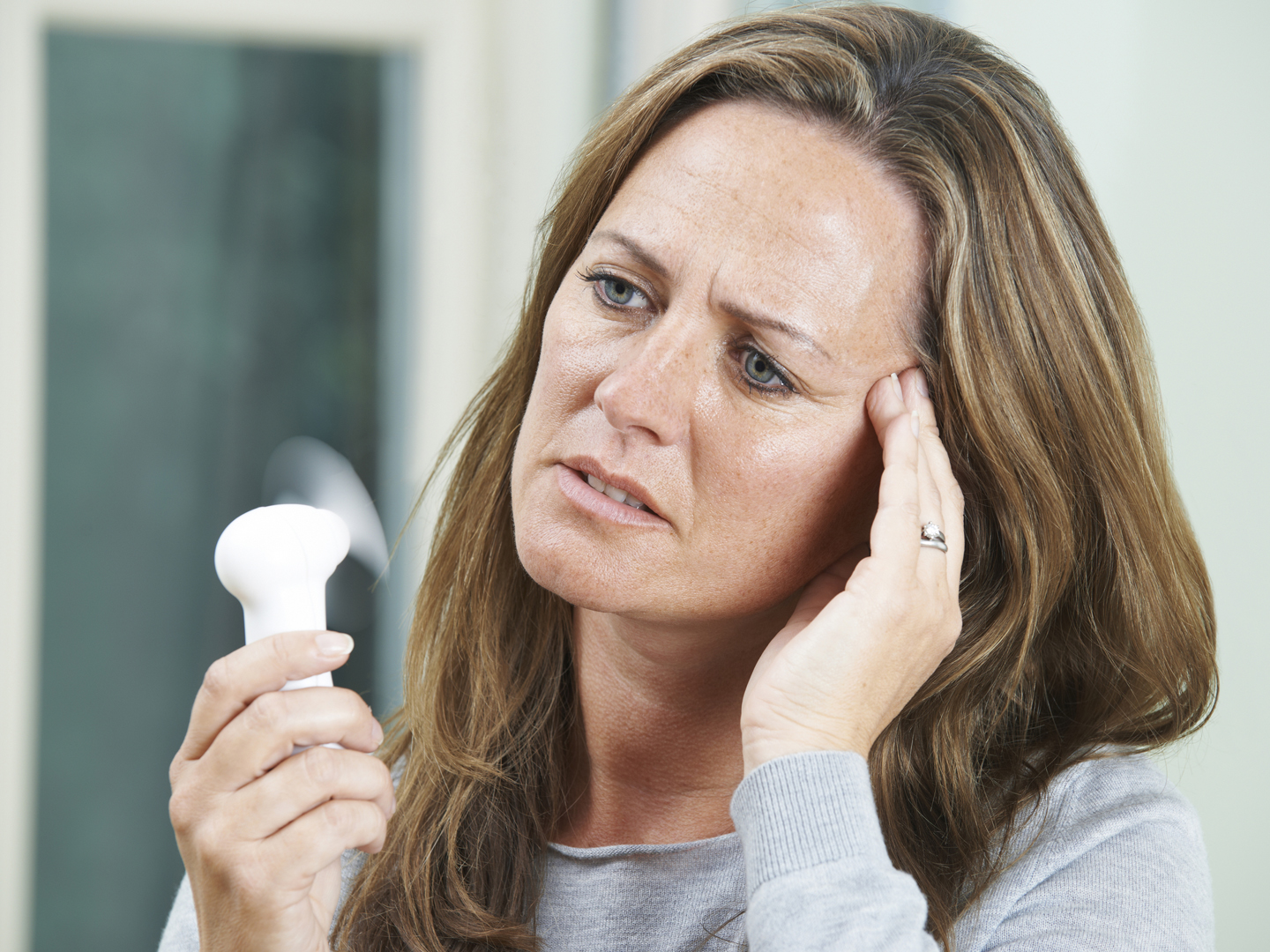No More Pelvic Exams?
I understand that annual pelvic exams for women are no longer recommended. I’ve been having them for years. Can you tell me why they’re not now considered necessary?
Andrew Weil, M.D. | October 20, 2016

You likely heard about a draft recommendation from the U.S. Preventive Services Task Force on the practice of routine pelvic exams for healthy women. This independent panel of experts makes recommendations for preventive care, including screenings for many kinds of health problems. The panel concluded that there isn’t sufficient evidence to demonstrate that routine checks of the vagina, cervix, uterus, fallopian tubes and ovaries are necessary, or that they prolong a woman’s life. After searching through 60 years of scientific studies, the task force identified only 8 that addressed the question of the diagnostic accuracy of pelvic exams, and those 8 investigations related to only 4 medical conditions.
The draft recommendation doesn’t apply to pregnant women or to those who have gynecological conditions or symptoms that must be assessed.
The task force isn’t the first group of medical experts to reach this conclusion. In 2014, the American College of Physicians recommended against including routine pelvic exams in a healthy woman’s physical check-up on the grounds that there’s no evidence that they’re useful. On the other hand, the American College of Obstetricians and Gynecologists (ACOG) continues to recommend annual pelvic exams for women age 21 and older, although it concedes the lack of evidence supporting the practice.
Even if doctors stop performing routine pelvic exams, women still would need to be screened for cervical cancer, which involves scraping cells from the cervix and vagina. ACOG recommends that women ages 21 to 29 have this screening every 3 years and that those ages 30 to 65 be screened every 5 years. The task force also noted that sexually active women would still need to be screened for gonorrhea and chlamydia. The U.S. Centers for Disease Control and Prevention (CDC) recommends that all sexually active women under age 25, and older women with new or multiple sex partners (or a sex partner who has a sexually transmitted infection) be screened annually for gonorrhea and chlamydia.
The downside of pelvic exams can be discomfort, and in some cases anxiety and pain, especially for those women who may have been sexually abused or traumatized. The task force made the point that there are no studies that focus on the potential harm of pelvic exams, including any psychological problems they may cause.
Adoption of the draft recommendation could have financial repercussions for women. If the government goes along with the task force recommendation – as it usually does – that could affect coverage for routine pelvic exams by Medicare, Medicaid, the Affordable Care Act and private insurance companies.
Bottom line: women should be aware that as long as they have no symptoms of a gynecological disorder and are at average risk of gynecological cancers, having an annual pelvic exam is unlikely to do them any good.
Andrew Weil, M.D.
Source:
U.S. Preventive Services Task Force, “Draft Evidence Review for Gynecological Conditions: Screening With the Pelvic Examination.” June 28, 2016, http://www.uspreventiveservicestaskforce.org/Page/Document/draft-evidence-review148/gynecological-conditions-screening-with-the-pelvic-examination









